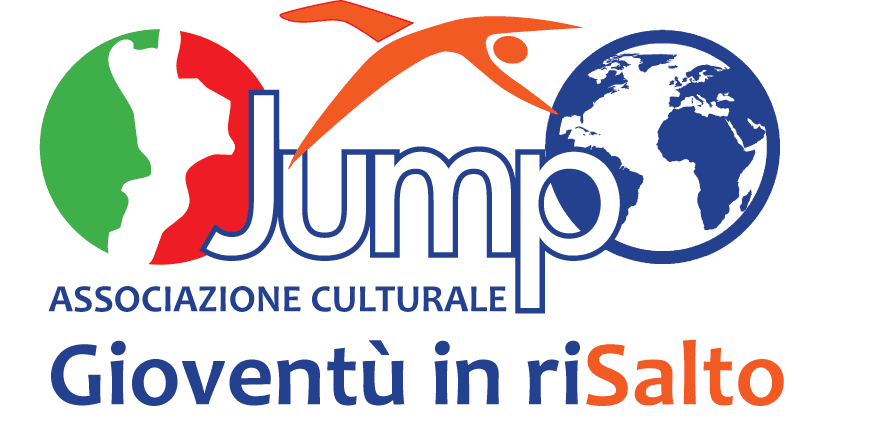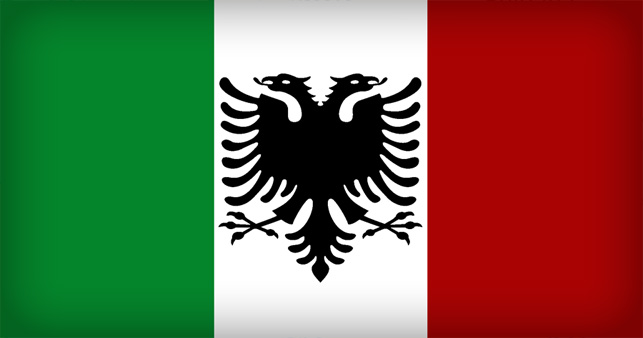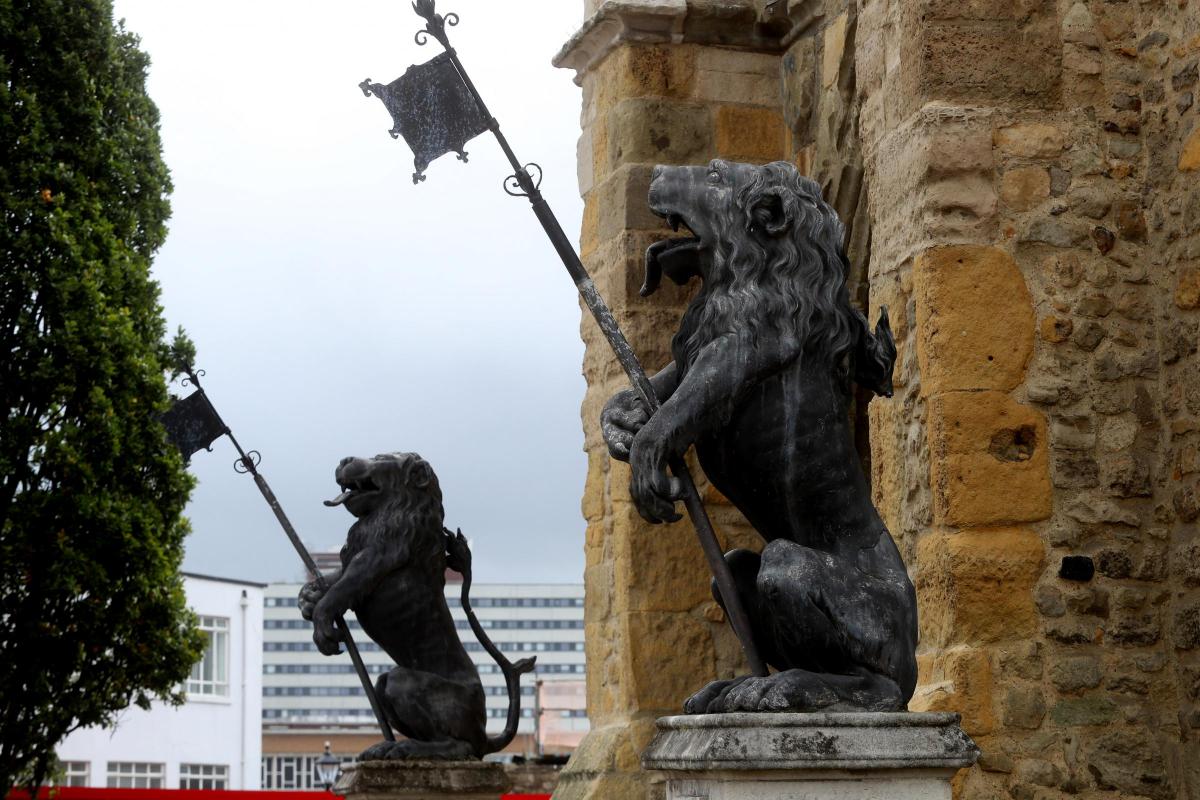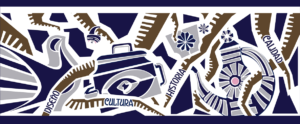
By Francesca Politi - JUMP team
The tale of a community starts from what makes it unique. A population identifies itself in cultural expressions that pass on its history through poems, music, stories that belong to the oral tradition, the first mode of human communication. The italian-albanian culture both now and in the past was mainly orally transmitted. Here lies the importance of the commitment of some authors to give birth to a written form of literature. It is worth mentioning Girolamo De Rada, Calabrian-Albanian author of the 19th century, whose poetic production “Canti di Milosao” was important in fostering an awareness for the Arbëresh (Italian-Albanian) minority in Italy. It represents one of the highest literary expressions not only of Arbëresh literature but also of all European romantic literature.
You can find some translated extracts here!
“The Arbëresh community can be described by using the expression, an ace in the hole, because they kept in silence and remained as a close group until they seized the opportunity to reveal their existence and the language, culture and traditions they embrace.”
Historical insights
Three out of the twelve linguistic minorities internationally recognized in Italy are situated in Calabria. I’m referring to Italian-Albanian in the province of Cosenza, Crotone, Catanzaro, but also the Calabrian greek in the province of Reggio Calabria and lastly Occitan in the province of Cosenza. In this mosaic, the Italian-Albanian community (or Arbëreshë) is the most numerous, counting around 100.000 speakers (2007).
The Albanian presence in Italy became more considerable between the XV century and the XVI century, as a result of the escape from Albania to evade the ottoman occupation. After the fall of Costantinople to the Ottomans in 1453, large waves of exiles fled the ancient Arbëria because of the Ottoman advances in the Balkans. They crossed through the Adriatic Sea and settled in the central and southern part of the Italian peninsula. However, the relations between the two countries trace back to the XV century when a military alliance between Giorgio Castriota Skanderbeg (the Albanian national hero) and the king of Naples, Alfonso I of Aragon favored the Albanian emigration to Calabria.
The language of the Arbëresh is a member of the Albanian dialect continuum, considered to have 45% of its words shared with Standard Albanian. It represents an example of what sociolinguists call an “ethnolect”. This term combines the concepts of ethnicity and dialect and refers to a language that marks speakers as members of ethnic groups who originally used another language. An ethnolect, therefore, allows migrant speakers or subsequent generations to reflect their ancestral heritage through their language.
Language attitudes
Two languages coexisting together, can be differentiated by function and prestige within a single society. The term diglossia is frequently used by sociolinguists to refer to a kind of bilingualism in a society in which one of the languages has high prestige and another of the languages has low prestige. Each of the two has certain spheres of social interaction assigned to it. In a tri-partite system the minority language (albanian) counteract the Italo-romance dialect of the zone (calabrian) and both are subordinate to the standard language (Italian) in a ratio of diglossia. Even though in some communities there’s a decreasing trend in the use of this language, there’s also a promising counter-trend in language revival efforts. The use of sites like arbitalia.it and mondoarberesco.it to promote the language and culture and to extend their progression to the next generations. The Arbëresh use these sites to discuss local social and cultural events to keep their community as lively and as connected as possible.
Sources:
- https://it.wikipedia.org/wiki/Lingua_arb%C3%ABreshe#:~:text=La%20lingua%20arb%C3%ABreshe%20(arb%C3%ABrishtja%20o,origine%20in%20massa%20la%20diaspora.
- https://www.britannica.com/science/linguistics/Sociolinguistics#ref411927
- http://fau.digital.flvc.org/islandora/object/fau%3A39770/datastream/OBJ/view/The_Arb__resh_Culture__An_Ace_in_the_Hole__in_the_Heart_of_Calabria.pdf
- Antonia Marchianò I canti popolari arbëreshë (italo-albanesi) e la tradizione dei canti popolari italiani



